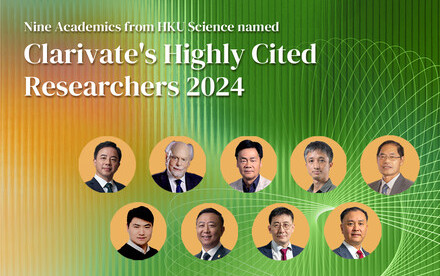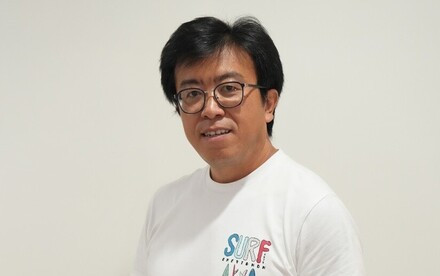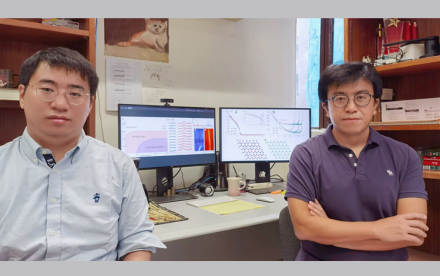27 May 2021
Translational Research Series: A cultural, behavioural, and regulation campaign against light pollution: from Hong Kong to the world
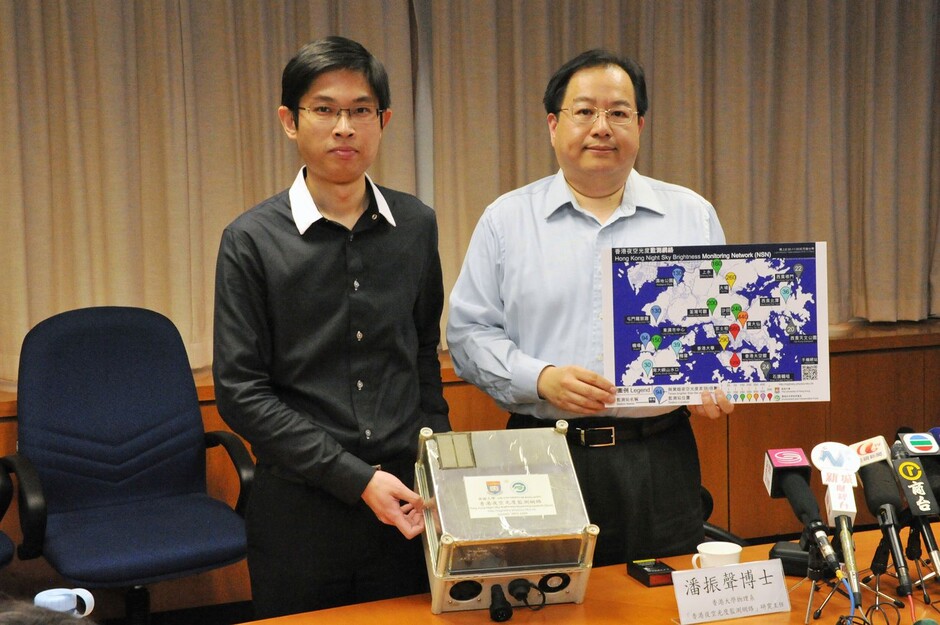
Principal investigator Dr Jason PUN (right) and project manager Dr Chu Wing SO (left) developed the Hong Kong Night Sky Monitoring project to monitor the light pollution condition.
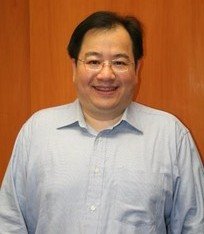
Dr Jason Chun Shing PUN
Principal Lecturer of Research Division for Physics and Astronomy
Light pollution is a form of environmental degradation caused by inappropriate or excessive use of artificial outdoor lighting that not only wastes energy, money and valuable earth resources, but also has negative impacts on our ecological systems and possibly our health.
Dr Jason PUN from the Research Division for Physics and Astronomy and his team underpinned a long-term cultural, behavioural, and regulation movement against light pollution, that combines rigorous scientific research to promote public awareness of the damages caused by light pollution to the natural environment. Their study supported the Hong Kong government‘s Charter on External Lighting, through which more than 4,800 organisations pledged to turn off lighting at night. The research technique used in Hong Kong has now been applied in 16 countries/ regions, spreading the message of dark sky preservation worldwide, influencing policy decisions and securing a range of environmental and health benefits.
The research findings are also applied for policy-making, as Dr Pun is serving as a member of the ”Working Group on External Lighting”, an official government body to review the effectiveness of the Charter and to study how to further regulate external lighting. This represents the strongest commitment ever from the government to reduce the negative impacts of light pollution.
After striving on the issue for 18 years, Dr Pun said he finally sees a significant change in how people think of light pollution. ”I can see people's attitude changing over time. People are no longer asking whether we should reduce light pollution, but how fast and better we can adopt a smarter lighting in the city. I am happy to see this translational research exert a considerable influence on how we perceive and what we do against light pollution, and I am glad that the society has committed to stop abusing the use of outdoor lighting, and to limit its adverse effects to the environment.”
The appearance of the montior.
Click here to visit the bilingual website set up by the team for educating the public on light pollution.
Click here to visit the Outdoor Lighting Directory that displays public-contributed examples of good and poor lighting fixtures.



